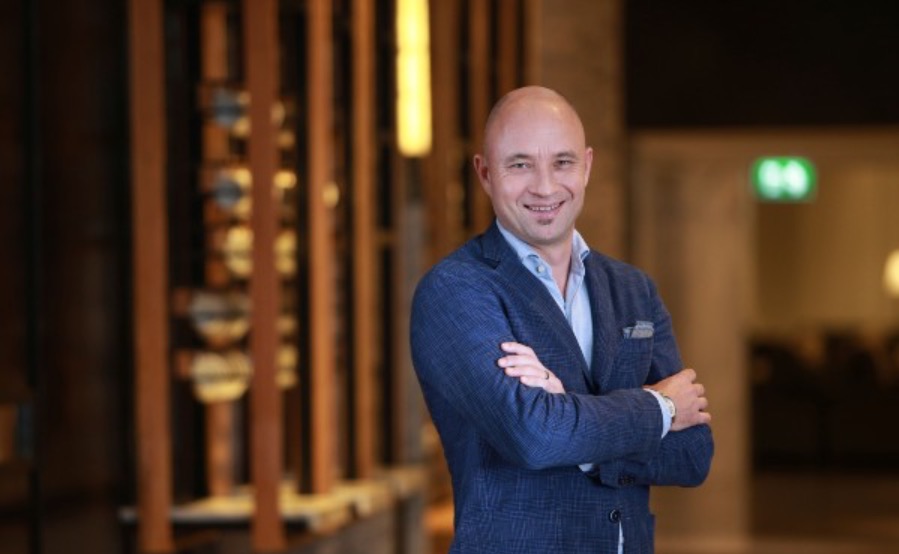
Ericsson is deepening its focus on mission-critical connectivity as sectors such as public safety, defence, utilities and transport demand more resilient and secure networks powered by AI, satellite and 5G, says Todd Ashton, Head of Enterprise and Mission Critical at Ericsson Europe, Middle East and Africa.
Speaking to Developing Telecoms, Ashton, who began heading up the unit in January, defined mission-critical networks as those where uptime and reliability are non-negotiable. “You’re talking about infrastructure that’s very resilient and secure, with a different lifespan,” he said. “Public safety, defence, rail, and utilities all fall into that category. These are networks that protect citizens and keep societies functioning.”
Traditional communications systems like TETRA and GSM-R are giving way to broadband-enabled solutions that support video, AI analytics, and real-time data. In rail, for example, operators are seeking 5G-based systems that improve logistics, safety, and automation. “Rail is becoming a big focus across Europe and the GCC,” Ashton added.
Ericsson has been building mission-critical networks globally - including a public safety network in the UK with IBM - and recently announced a partnership with Airbus in Europe to support manufacturing digitalisation in Hamburg and Toulouse. The company also developed the core network for Thuraya, the satellite arm of UAE-based G42, highlighting how satellite and terrestrial links are converging.
“As you move into remote areas, whether it’s Coast Guard operations or desert projects in Qatar, you can’t always have fibre ready,” Ashton explained. “Satellite becomes essential to backhaul data and voice, connecting units that are out of reach.”
AI is also proving pivotal for operational efficiency and safety. Ashton noted that AI can enable situational awareness across emergency services, connect fire and ambulance units, and even help networks self-heal or conserve energy. “We’re using AI internally to make networks more efficient, like powering down when there’s no demand,” he said.
Ericsson is also deploying private networks for industries like mining and utilities, where data security and control are paramount. “For mining, energy accounts for about half the cost. With 5G and AI, you can automate ventilation systems and reduce waste. It’s a safety and sustainability win,” Ashton said.
He added that Sweden currently provides around 60% of the global market share for mining automation technology - but the region is only at the start of its digitalization journey. “There’s still a lot more that can be done, and we’re seeing strong interest across EMEA,” he said.
Emerging sectors like drone detection, digital airspace management, and rail automation are next on the company’s radar, as governments and enterprises seek more reliable and intelligent infrastructure. “This is a big area of opportunity for mobile operators,” Ashton concluded. “They have the spectrum, and we have the technology. Together we can enable the next generation of mission-critical networks.”
The artical was originally posted here